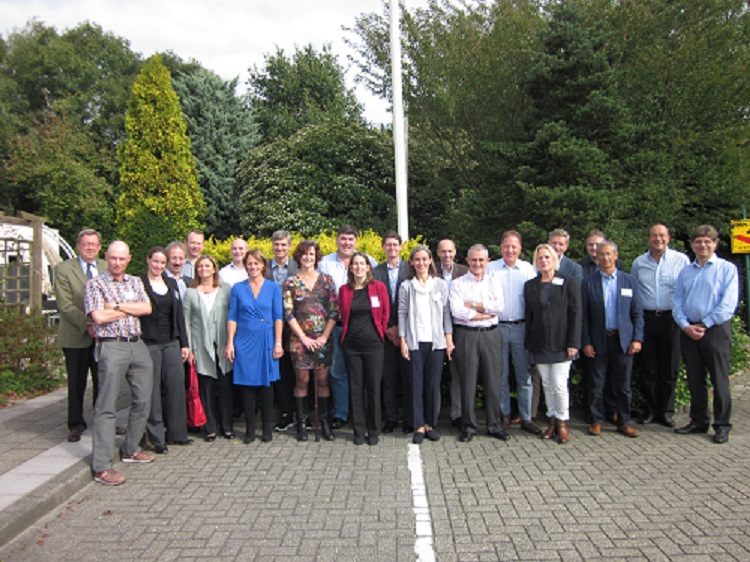Formation of a European network to develop a European data sharing model and treatment guidelines for Pompe disease
- Number 208
- Date 6 October 2014
Location: Naarden, The Netherlands
This workshop was co-sponsored by the Dutch ZonMw, Genzyme Europe BV, the International Pompe Association, Amicus Therapeutics and BioMarin Europe Ltd.
![]()
![]()
![]()
![]()
Description:
Pompe disease is a rare inheritable muscle disorder for which since 2006 enzyme replacement therapy (ERT) is available. Studies in infants showing improved survival were key to the market approval of this drug. Since 2006 several studies in children and adults have also shown effects of this treatment. Harmonized criteria to start or stop ERT for the whole spectrum of patients with Pompe disease are needed.
This workshop brought together a panel of physicians and researchers from various European countries with clinical experience in treating and following larger groups of patients with Pompe disease, or doing research in this disorder, as well as a patient representative.
Aims of the workshop
The aim of this workshop was
What was achieved?
A full report is published in Neuromuscular Disorders (pdf)

ENMC
Lt. generaal van Heutszlaan 6
3743 JN BAARN
The Netherlands
+ 31- 35-5480481
enmc@enmc.org
